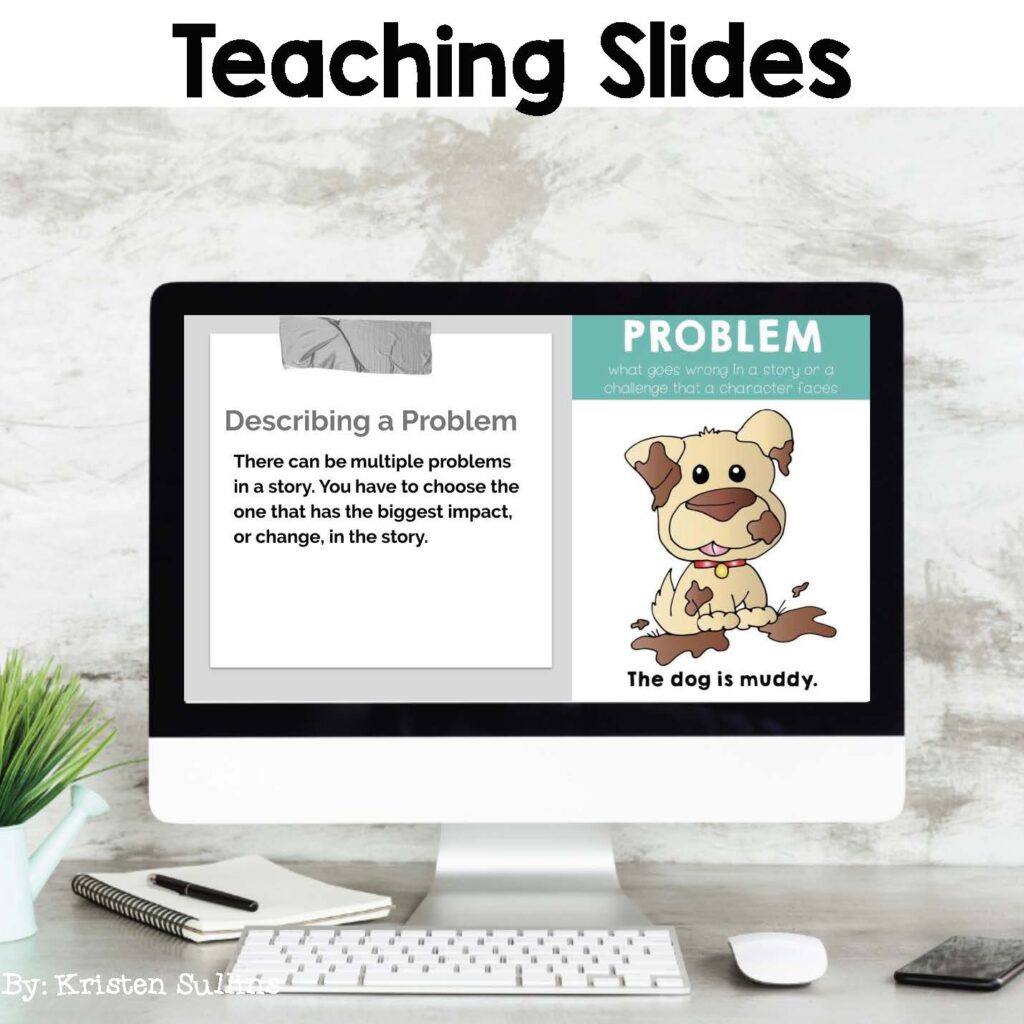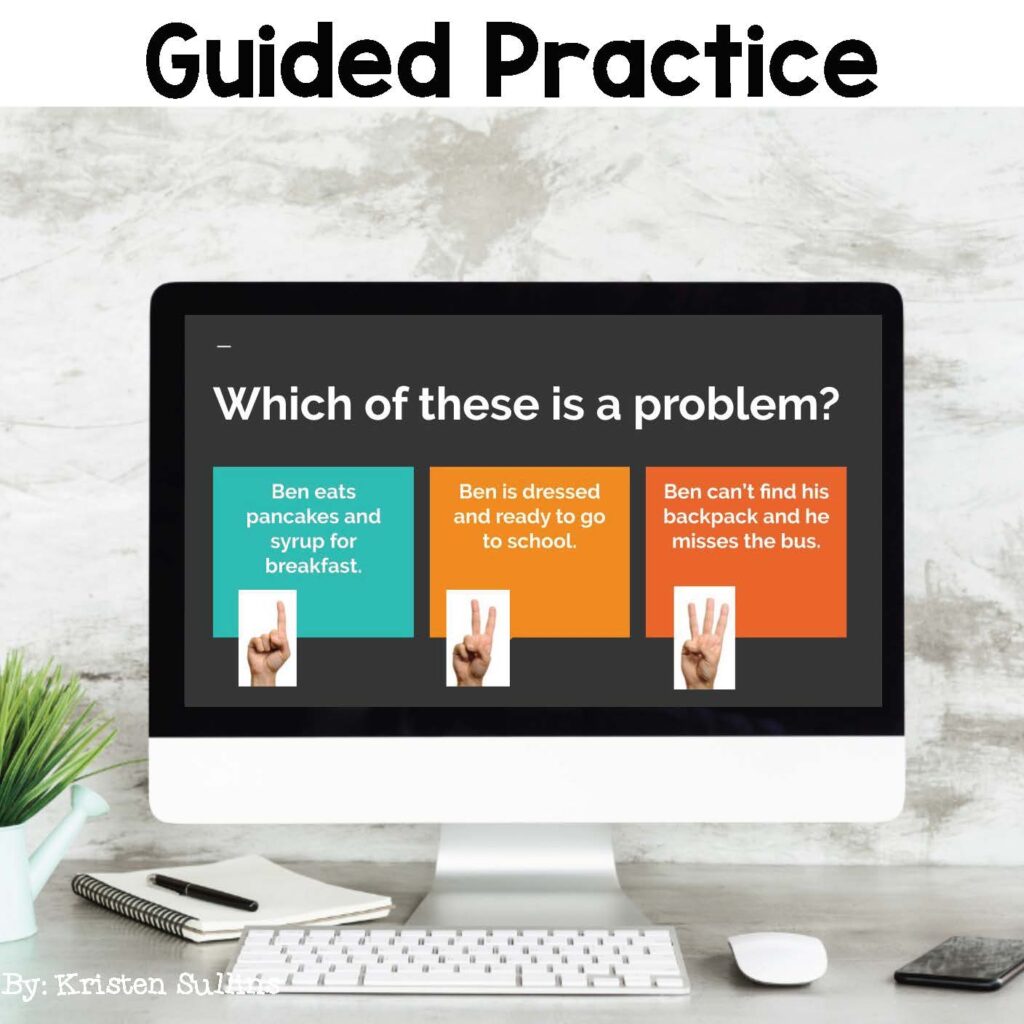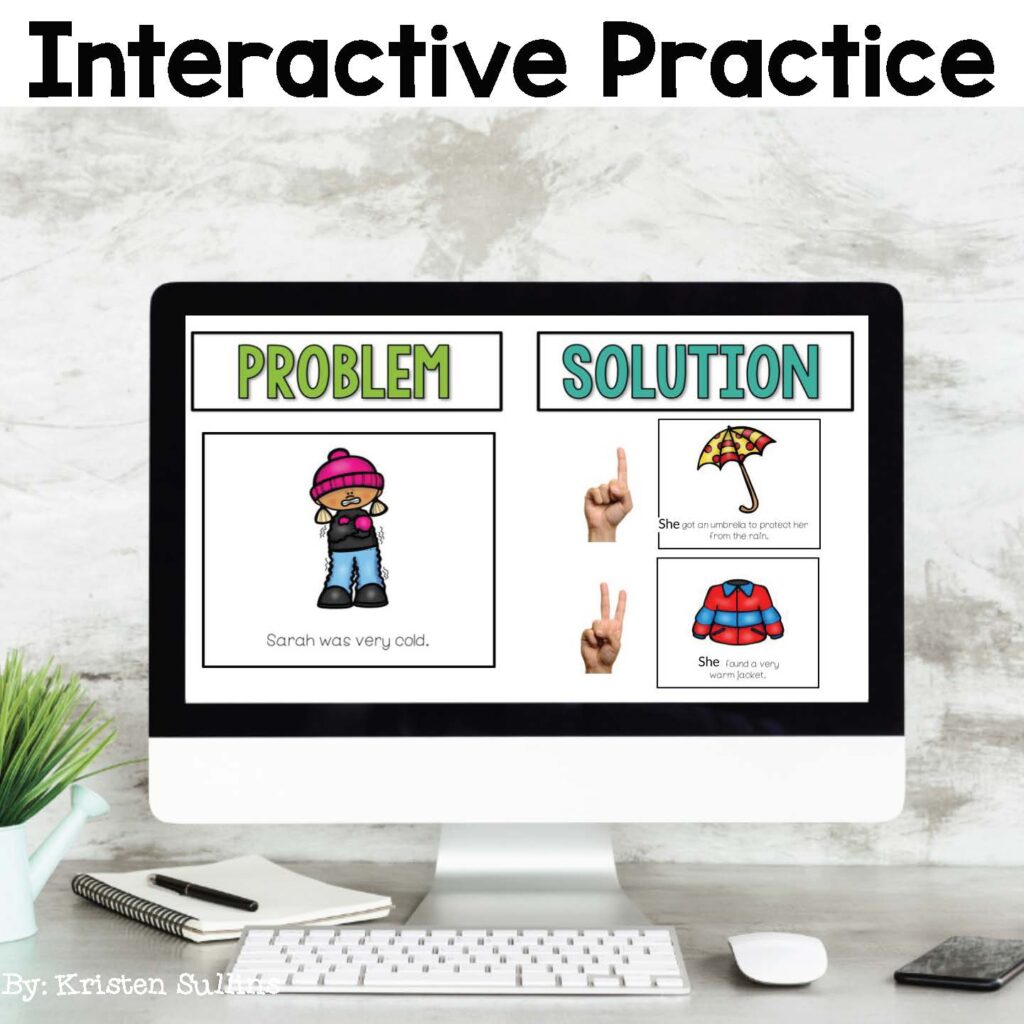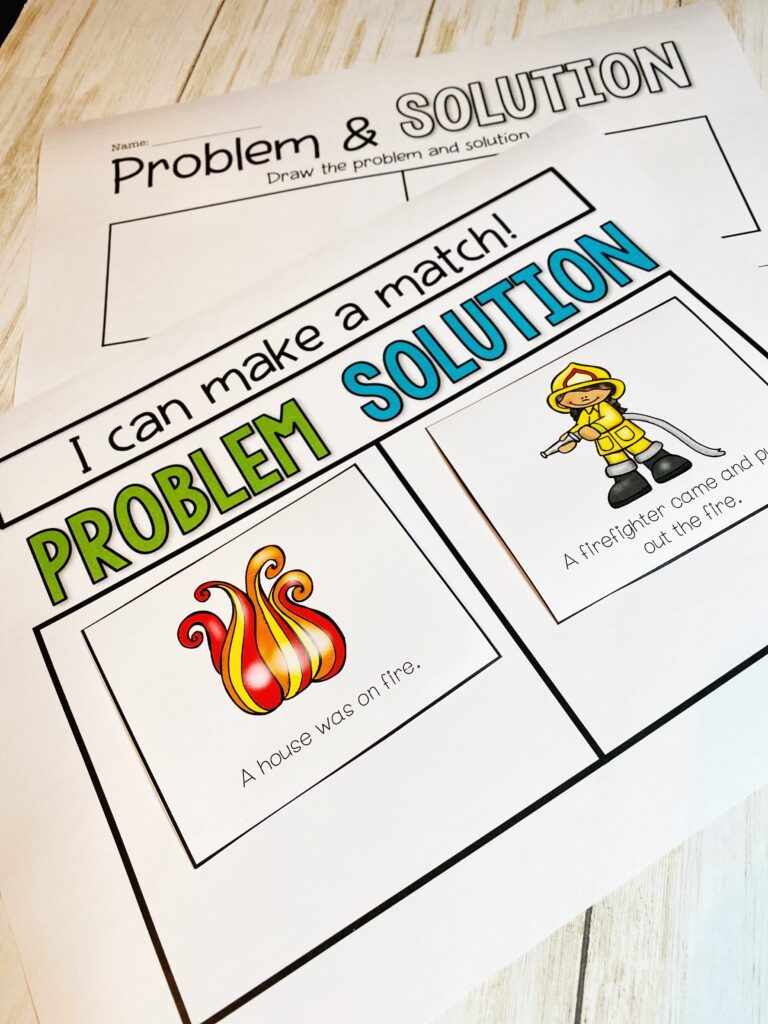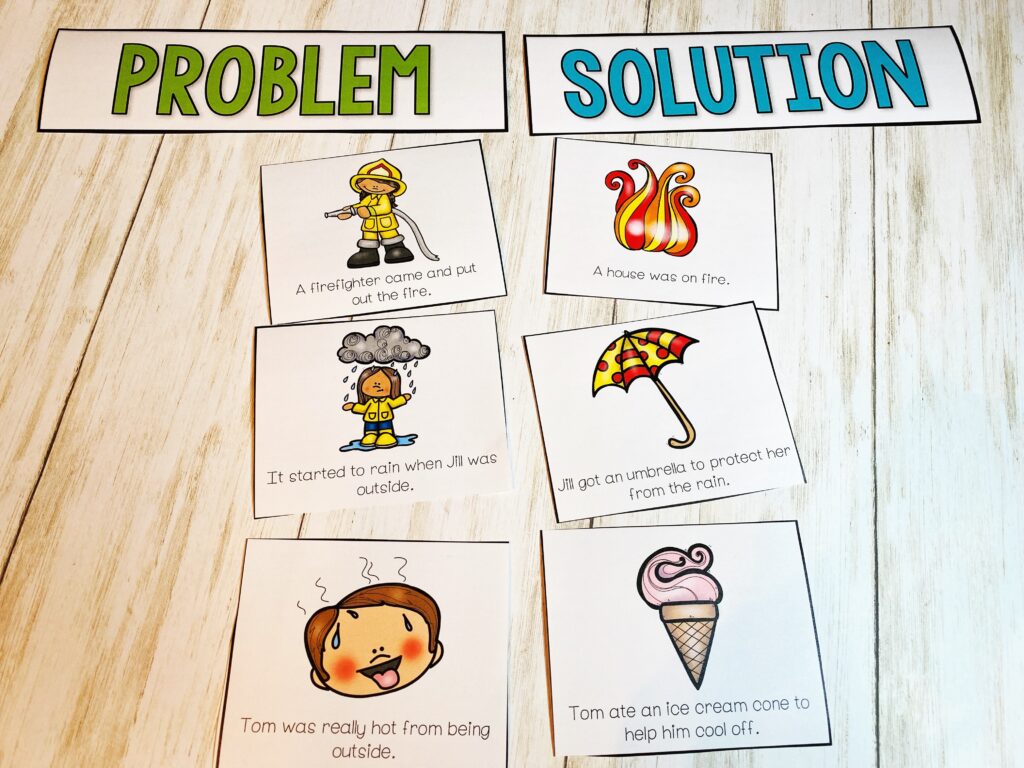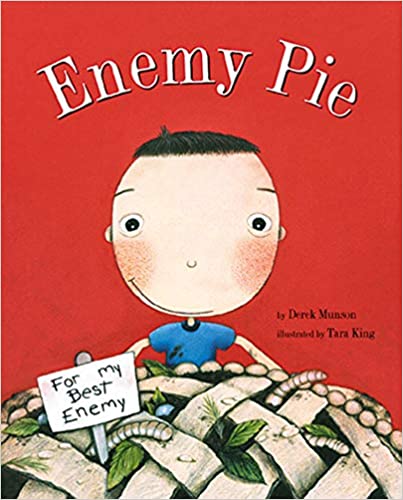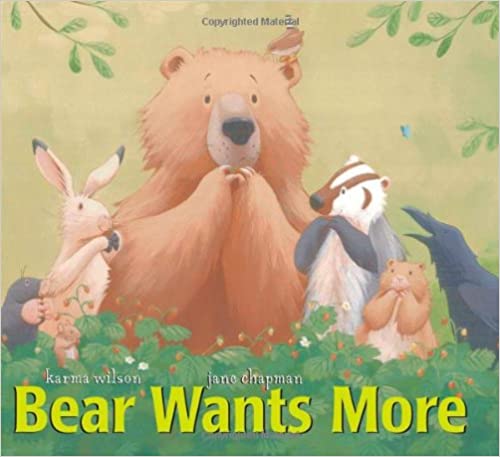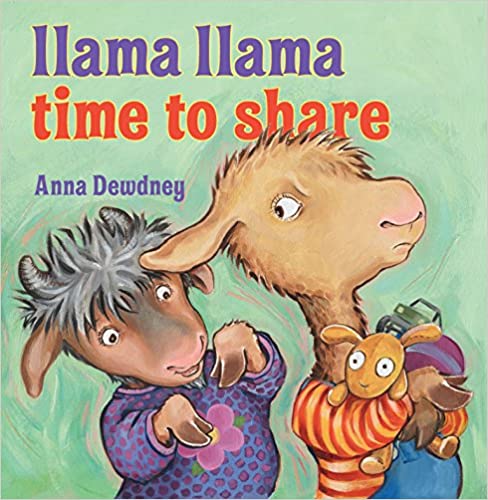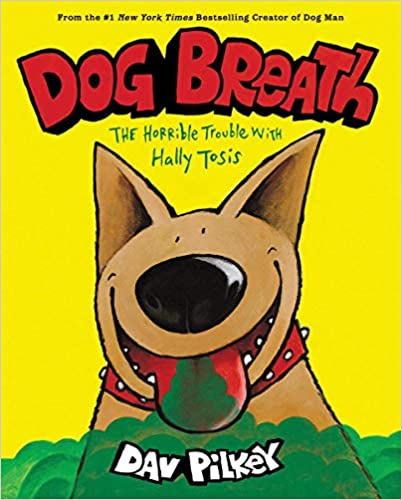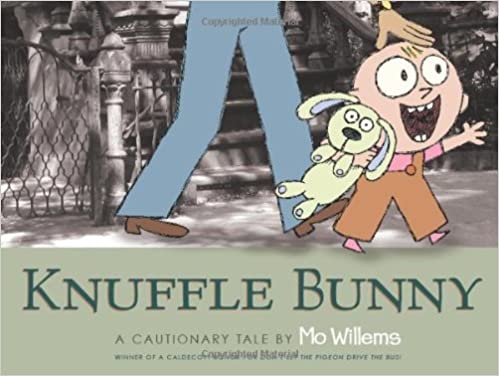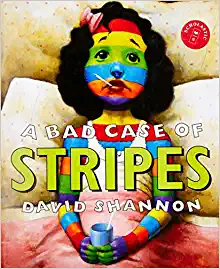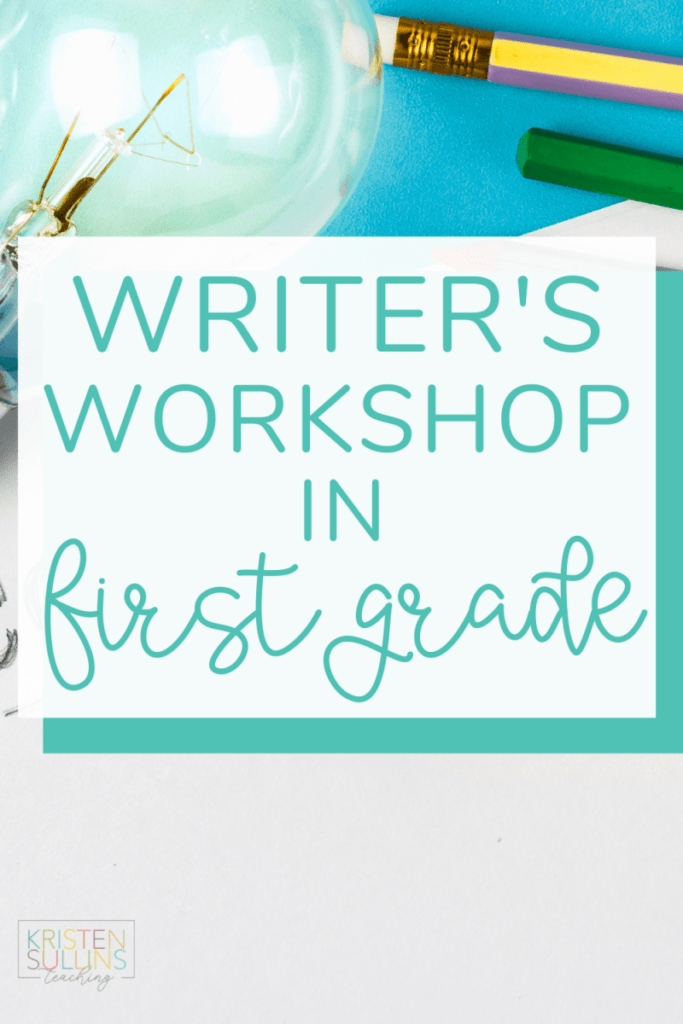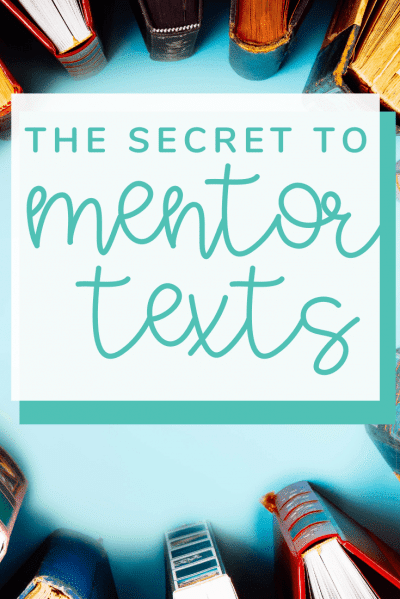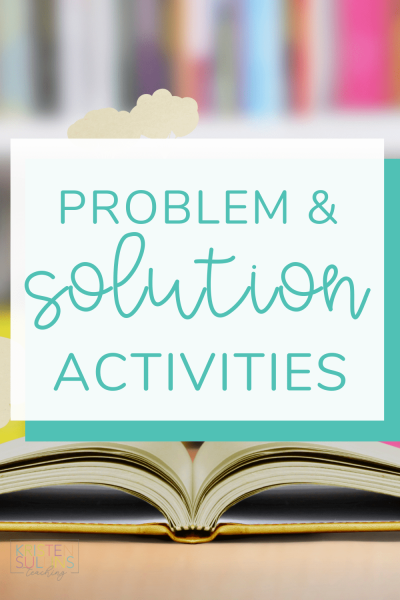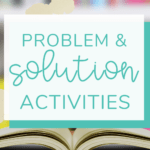Being able to easily identify the problem and solution in a story is a foundational reading comprehension skill for first grade students.
It's an activity that can be done with every single read aloud.
It can (and should) be done whole group, in small group, with partners, in literacy stations and during independent reading.
It's also a great skill for parents to work on at home.
Describing the problem includes:
- Identifying the problem the character(s) is experiencing in the beginning of the story
- Asking questions and making predictions about possible upcoming events and about possible ways to solve the problem
- Understanding how the events and characters influence the problem throughout the story
Describing the solution includes:
- Confirming or revising predictions about the resolution
- Explaining how the resolution solves the problem
- Describing what happens to the character(s) because of the resolution

Examples of Problem and Solution
You might be totally comfortable with the topic of problem and solution, but when we are in the moment in front of 22 little faces, sometime we blank!
It's time to give our students examples of what Problem and Solution is…
but we've got nothing!
It helps to think of a few examples ahead of time and jot them down.
Examples of problem and solution work best if the are real life examples that the students can relate to!
Here's a few examples from the school day:
- Your pencil breaks
- You can't find your book
- You forgot your lunch
- You can't remember the directions
- You left your jacket on the playground
- You don't know how to tie your shoes
- You need a supply that another student is using
By using these real-life examples, you are not only teaching problem and solution, but you are reinforcing your classroom management as well!
How to Introduce Problem and Solution for First Grade
If you teach lower elementary, then you know that there is SO much that goes into the comprehension of a book. First grade students are learning so much at this age and even listening comprehension requires their little brains to work so hard.
Why do I bring this up?
Because I want you to think about how hard they are ALREADY working when they are listening to a read aloud and when you use a mentor text to introduce a NEW SKILL, most students’ brains go into overload!
So what should we do instead?
Start with a non-text activity. Let me introduce you to a new kind of “slideshow”.
I like to use interactive slideshows/powerpoints. My slideshows always follow this order:
- Teaching Slides: Introduces students to WHAT the skill is
- Guided Practice: Introduces students to HOW to apply the skill
- Interactive Practice: Gives students an example and allows them to PRACTICE the skill in an easy and concise way
Problem and Solution Non-Text Activities for First Grade
After we practice the slideshow, then we practice building our problem and solution muscles with some guided and independent practice using a NON-TEXT ACTIVITY such as a station game.
Non-text activities are a HUGE asset to students because it allows them to build and flex their problem and solution muscles before we ask them to apply those skills to a text!
How to Complete the Activity
We will do this activity together as a group first, then it will move into our guided reading stations where students will complete it independently!
I've found the best and easiest way to do this is with images of problems/solutions that my first grade students know a lot about.
My students do this Problem and Solution activity (seen on the right). We do one together as a class for guided practice.
For this activity, students must correctly match the problem and solution. Then I have students write about the problem and solution with an emphasis on why the solution actually works for this problem.
After we do this activity together, it goes into their stations for Guided Reading.
The best part about this activity is that you can leave it out for several weeks because each time students can choose a new set of pictures!
Mentor Texts for Problem and Solution
A mentor text is an incredibly powerful tool for teaching reading comprehension skills!
(make sure you keep reading to the end of this post to see a list of my favorite mentor texts for problem & solution)
The problem that many teachers run into with mentor texts is that there are SO MANY different skills you can teach with the same mentor text….
Sometimes we try to do TOO MUCH and we overwhelm our students!
Let me introduce you to a Comprehension Focus Question (CFQ).
A CFQ is one question that you focus on through the entire text!
It simplifies things for you and your students. (more on that later)…
But let's take a minute to dispel so myths about mentor texts..
A mentor text is NOT a book that you read once and put it away.
A mentor text is a book that you read once, then refer back to again and again and again.
The greatest benefit of a good mentor text is that after you have read it once, when you refer back to it, you aren’t reading the entire book again, you are simply referring back to one or two pages.
It will save you SO much time.
AND students are already familiar with the story line meaning that already have a foundation for whatever comprehension skill you are about to dive into!
How to Boost Comprehension for Problem & Solution
Comprehension Focus Questions
As I mentioned, a Comprehension Focus Question (CFQ) is a very focused and intentional comprehension goal for an activity, a week or even a unit.
If you have done your research and you understand your learning standard, the vocabulary and what students need to know…
Then it becomes very easy to choose a goal (or a comprehension focus question).
But, why do you need a comprehension goal?
To stay FOCUSED!
Not just for you, but for your students also!
Let’s look at an example. Let’s say that this week you are focusing on how to make an inference. Well, there are about a hundred different ways you can make an inference and a CFQ allows you to focus on one area at a time.
Example CFQ: “How Did The Character Change From ___ To ____?”
In this comprehension focus question, you and your students are focusing in on the characters of the story.
The great thing about CFQ’s is that the next time you pull out this mentor text, you can choose a different CFQ to focus on while still practicing how to make an inference!
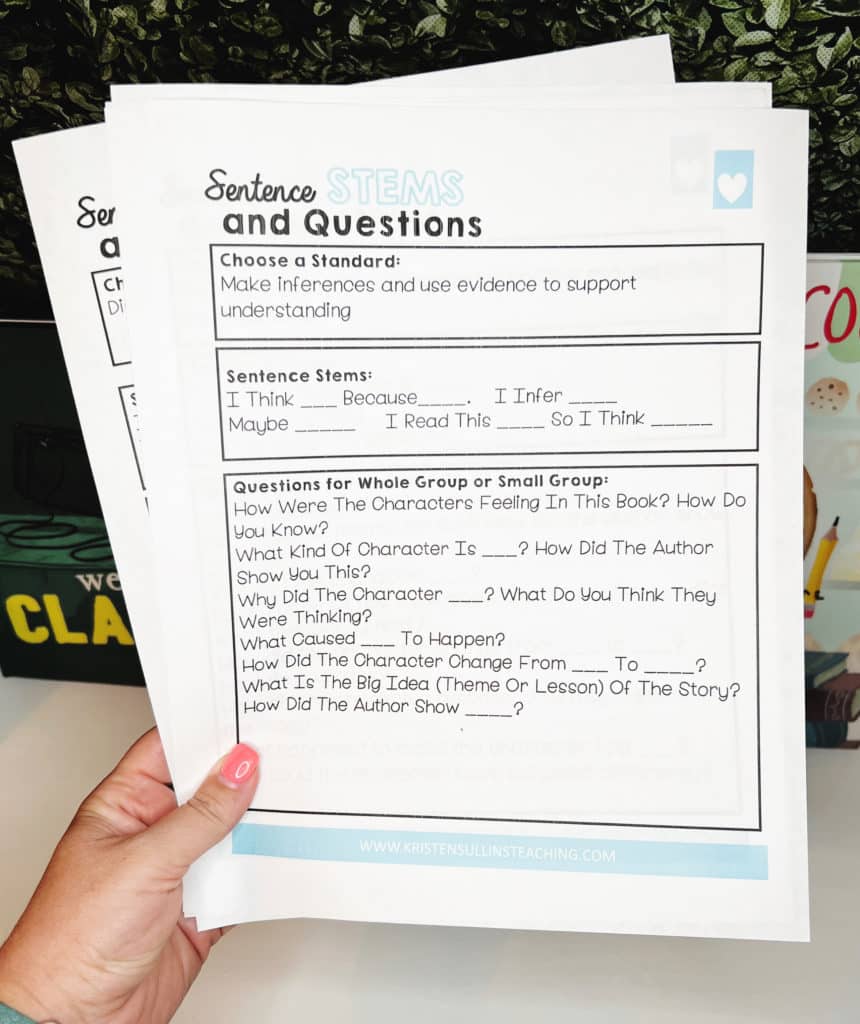
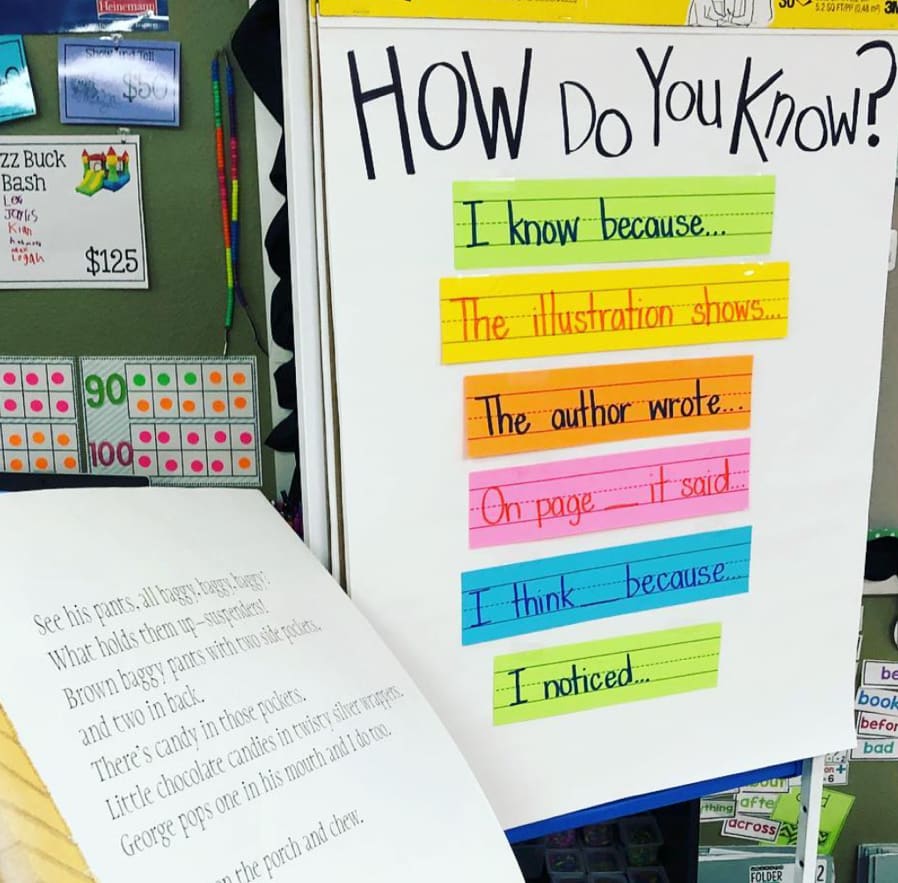
Sentence Stems
Another great strategy that falls right in long with mentor texts and comprehension focus questions is sentence stems.
A sentence stem is a phrase that your first grade students will use to answer a comprehension question.
Sentence stems are designed to get students to answer comprehension questions more fully rather than giving one word answers.
Sentence stems encourage students to explain their thinking.
I like to have a list of sentence stems next to my table that are specific to each comprehension skill. I stick to one or two stems per skill for the entire year because I want my students to be consistent. (This also makes it a lot easier for them)
If we are sticking with our Make an Inference example, I would use the following sentence stems:
I Think ___ Because____.
I Read This ____ So I Think _____
Problem and Solution Activities for First Grade
All of the activities that you found in this post, both printable and digital, along with UNIT LESSON PLANS can be found in my Problem and Solution Bundle here.
You can save up to 20% by purchasing the items together, but you can also purchase individual items to better fit your needs!
Best Books for Problem and Solution
**You can use the recording sheet from the Problem and Solution station with all of these read alouds!

